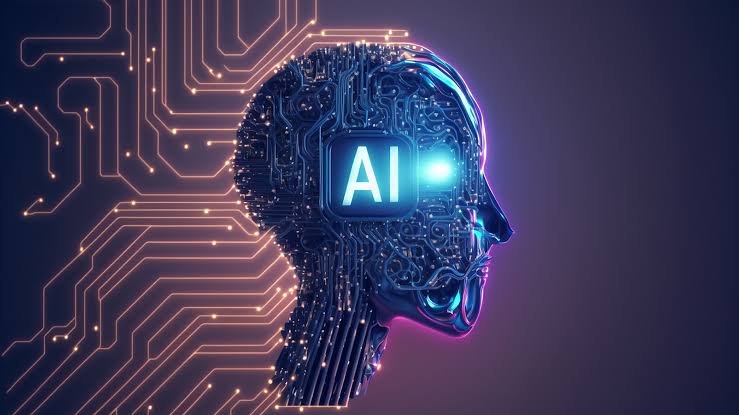Artificial Intelligence (AI) offers a complicated blend of possibilities and risks. Although AI has the potential to transform different fields and enhance our quality of life, it simultaneously brings threats to jobs, privacy, cybersecurity, and possibly humanity itself.
The technology community has repeatedly discussed the dangers presented by artificial intelligence. Job automation, the proliferation of misinformation, and the emergence of AI-driven weaponry are highlighted as major threats associated with AI.
Threats posed by AI
AI and deep learning models can be challenging to comprehend, even for individuals who engage directly with the technology.
ALSO READ: Kolkata Rape: NCW accuses Kolkata Police of ‘Inaction’. What next?
This results in an absence of clarity regarding how and why AI reaches its conclusions, leading to insufficient explanation of the data used by AI algorithms and the reasons they might make biased or unsafe choices.
These issues have led to the adoption of explainable AI, yet there remains a significant journey ahead before transparent AI systems are standard practice.

To exacerbate the situation, AI firms still choose to stay reticent regarding their offerings. Ex-employees of OpenAI and Google DeepMind have charged both firms with hiding the possible risks of their AI technologies.
Humans inherently possess biases, and the AI we create can mirror these biases. These systems unintentionally acquire biases that may exist in the training data and are reflected in the machine learning (ML) algorithms and deep learning models that support AI development. Those acquired biases could be sustained during AI implementation, leading to biased results.
Malicious individuals can use AI to carry out cyberattacks. They utilize AI tools to replicate voices, fabricate false identities, and produce believable phishing emails—all aimed at scamming, hacking, stealing someone’s identity, or jeopardizing their privacy and security.
ALSO READ: It’s High Time We Talk About Mental Health Issues!
How to fight the dangers of AI
A comprehensive strategy is essential to address the possible risks of AI, involving strong AI governance, effective cybersecurity measures, and an emphasis on ethical creation and implementation.
This comprises establishing AI risk management frameworks, emphasizing transparency and accountability, and promoting global cooperation to create safety standards.
Numerous experts currently assert that we require an equally clear and thorough set of guidelines to safeguard humanity against possible AI misuse. To achieve this goal, European Commission for the Efficiency of Justice (CEPEJ) has embraced the inaugural European document outlining ethical guidelines concerning the application of AI in judicial systems.
These encompass alignment with essential rights, equality, preserving quality and security, functioning transparently, impartially, and justly, and ultimately guaranteeing that AI users are informed participants, in command of their decisions.













